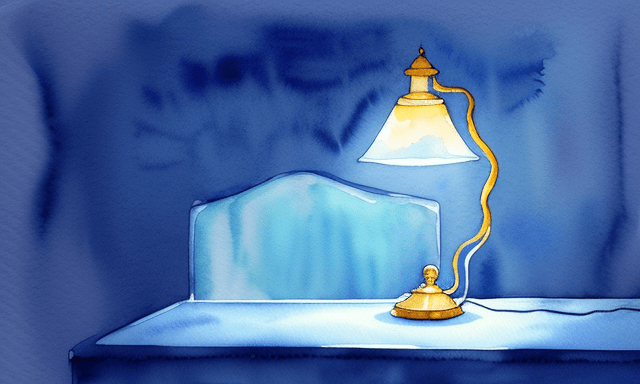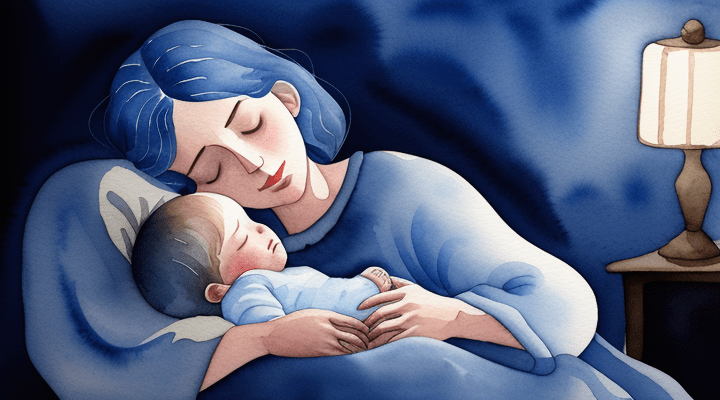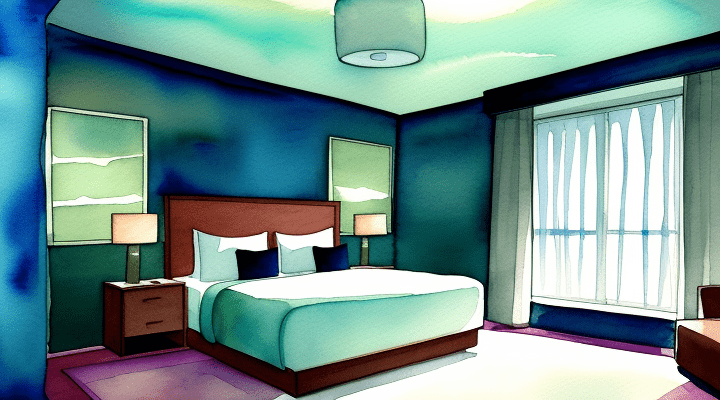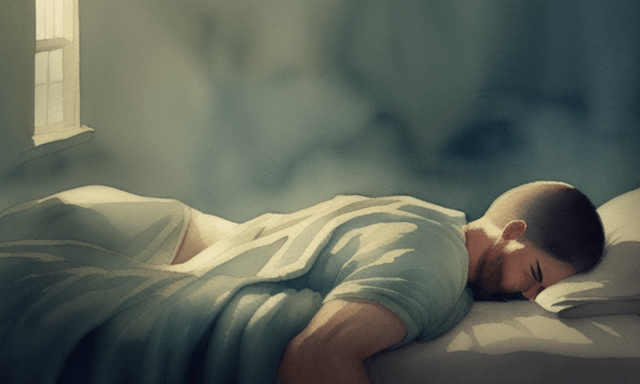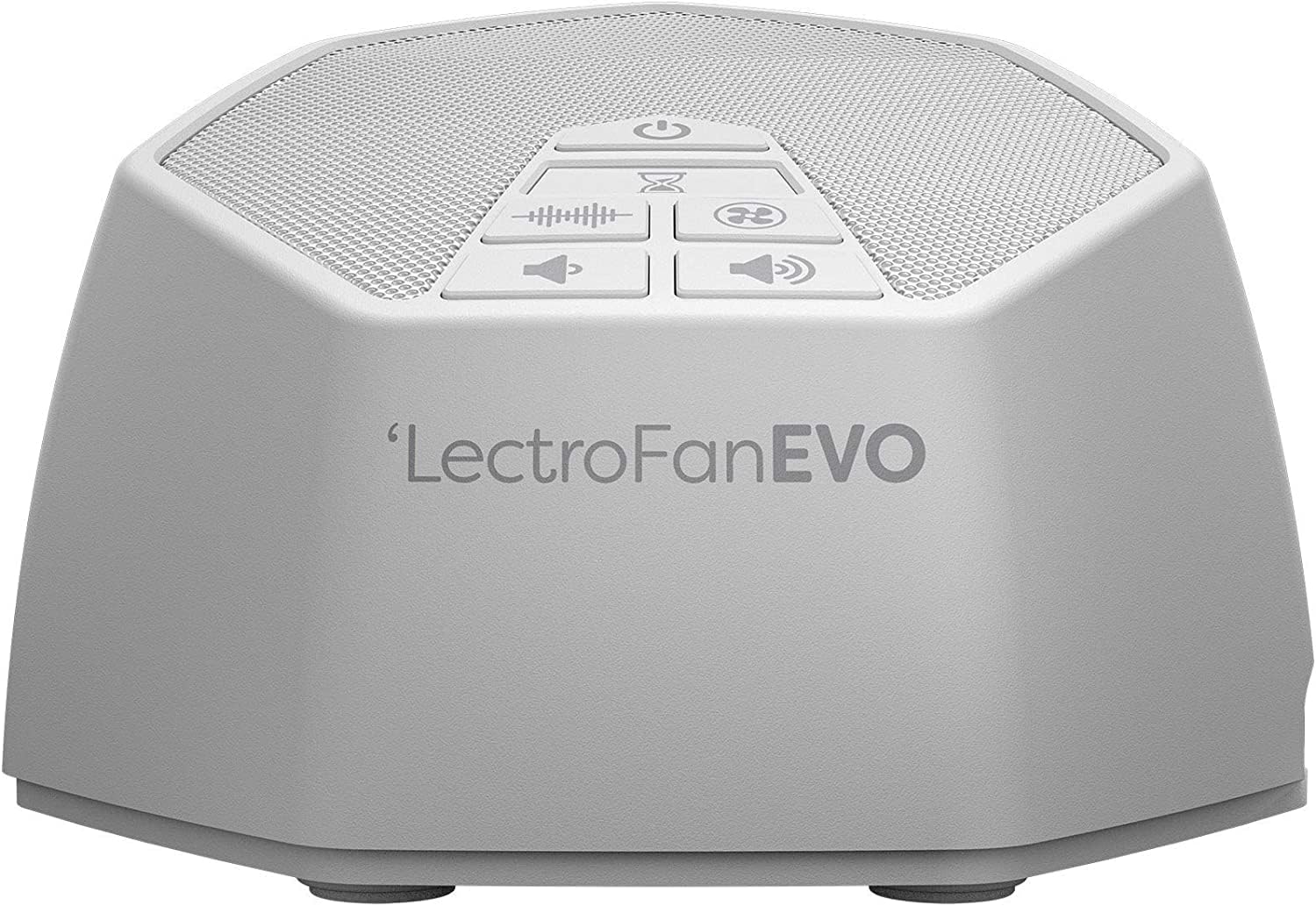Blue light is a type of light that is emitted by electronic devices such as smartphones, tablets, and computers, but why is blue light bad for sleep?
Exposure to blue light at night can interfere with our natural sleep-wake cycle, also known as our circadian rhythm. This is because blue light suppresses the production of melatonin, a hormone that helps regulate sleep. When we are exposed to blue light at night, our bodies may not produce enough melatonin, which can make it difficult to fall asleep and stay asleep.
It’s important to limit our exposure to blue light in the evening, especially before bedtime. One way to do this is to use blue light blocking glasses or to adjust the settings on our electronic devices to reduce the amount of blue light they emit.
Our brains are hard wired to sleep at night
The circadian rhythm is a natural, internal process that regulates the sleep-wake cycle and repeats approximately every 24 hours.
Light exposure is the primary cue for regulating the circadian rhythm. During daylight hours, light heavy on the blue spectrum signals the brain to suppress melatonin production, promoting wakefulness and alertness. As these light levels decrease in the evening, melatonin production increases, signaling the body to prepare for sleep.

What about red light for sleep?
Actually, red light is not as bad for sleep as blue light. In fact, red light can actually be beneficial for sleep. This is because red light has a longer wavelength than blue light, which means it has less of an impact on our circadian rhythm.
In fact, some studies have shown that exposure to red light at night can actually improve sleep quality and duration. This is because red light does not suppress the production of melatonin to the same extent as blue light. So, if you need to use a light source at night, it’s better to use a red light than a blue light. However, it’s still important to limit your exposure to any type of light at night to help promote healthy sleep.
